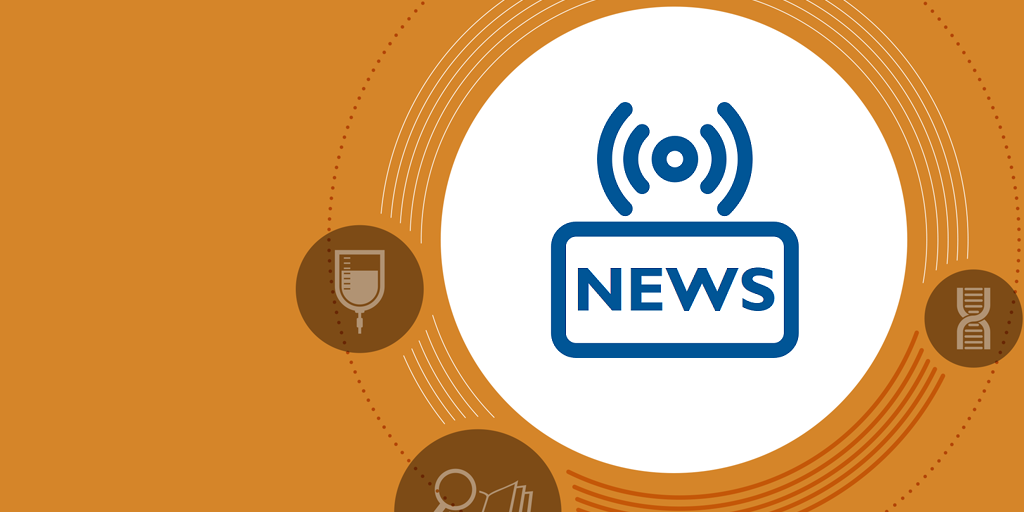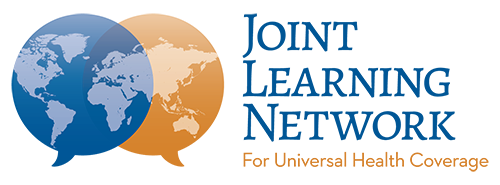Business as Unusual or Back-to-the-Future: COVID-19 and Healthcare System Integration

Co-authored by Jerry La Forgia, Kiran Correa, and Madeleine Lambert. This post originally appeared on the Aceso Global website. COVID-19 has upended health systems globally, with uncertain implications for the future of healthcare and beyond. What is certain, however, is that all healthcare systems undoubtedly face a “new normal” in their journey to achieve universal health coverage (UHC) and become more resilient to future stresses. Yet, without also addressing chronic stresses, particularly deep-seated fragmentation that afflicts many health systems, building resilience – and achieving UHC – will remain elusive. The pandemic has laid bare numerous weaknesses in health systems. One underlying challenge stems from providers and professionals working in different settings – home/community, public health, primary care, hospital – operating in isolation, often without a shared vision and information or a coordinated plan of attack. The legacy of separation of hospitals, primary care and public health in many countries – often overseen by separate administrative units and organizations – contributes to this system dysfunction, and challenges their ability to address the pandemic. While each has a pivotal role to play, they often act as standalone players: the result is a system less than the sum of its parts. In normal times, this chronic fragmentation results in discontinuous and duplicated care, bypassing of primary care, overwhelmed hospitals, and isolation of public and private providers, and has contributed to substandard care and loss of citizen trust in healthcare systems. Nevertheless, COVID-19 has further highlighted fragmentation’s disastrous consequences in a time of emergency. Countries are struggling to coordinate prevention, screening, contact tracing and treatment across multiple settings to provide services in a timely, effective way. The glaring lack of care coordination and communication across providers and health organizations has translated into chaotic responses to the virus, and grossly inadequate diagnosis and treatment for patients. Does COVID-19 present a learning opportunity to redesign healthcare systems to better coordinate actors and resources to address current and future challenges? Public health functions and primary care need to be integrated with hospital and emergency care to provide and manage a coordinated continuum of actions following the patient from detection to post-treatment follow-up and support. Healthcare and public health systems are already testing new ways of doing business to engage communities and providers to better manage patient journeys across the health system and engage with actors outside healthcare. Experimentation is ubiquitous, and new models of care delivery and coordination that might have taken years to agree upon are being implemented in weeks due to the emergency response, representing a huge opportunity for shared learning. A recent survey by the Joint Learning Network, a consortium of over 30 countries, identified a number of topics countries would like to explore to foster coordination across care settings to deal with COVID-19 and non-COVID cases, including strengthening referral systems, maintaining essential services, generating case management guidelines, and investing in “fast response” facilities and telehealth. The fundamental challenge in addressing fragmentation is to provide coordinated case management spanning multiple provider settings, while linking care delivery with community-based social services and essential public health practices. Through our preliminary review of blogs, webinars, press reports and websites as well as informal discussions with practitioners, we identified a number of promising and often related country and health system approaches. The following are just a few examples, categorized into four interlocking themes: Structuring patient pathways and protocols: A number countries have designed and implemented new protocols (instead of or in addition to establishing new facilities) to reduce the burden on hospitals. In Medellin, Colombia, which has been highly successful in containing the spread of the virus, suspected COVID-19 patients are tested in their homes by healthcare workers; those who test positive receive free oximeters to monitor their oxygen levels at home and nurses deliver oxygen as needed. Through this model, valuable hospital beds are reserved for only the most severe cases. In the US, the Cambridge Health Alliance (CHA), a health system serving 130,000 low-income patients, has implemented a comprehensive community management protocol for COVID-19 that includes active outreach to at-risk populations, remote triage, and use of multi-disciplinary teams to remotely manage possible and confirmed COVID-19 cases in the home. Rapidly scaling telehealth: There has been a global push to rapidly expand telemedicine to support mild to moderate COVID-19 cases and also support continuity of non-COVID care, especially for chronic conditions. For example, the Aga Khan University Hospital in Nairobi, Kenya, rapidly established a COVID-19 telephone hotline as well as a telephone triage system for all patients. The triage system is staffed by nurses, who remotely screen patients for COVID-19 symptoms and also schedule telehealth appointments for non-COVID care. In Uruguay, the Ministry of Health developed an online COVID-19 screening questionnaire integrated with Facebook and WhatsApp, as well as the Coronavirus UY mobile app, which offers telemedicine (video or audio) follow-up for clinical COVID-19 cases that do not require hospitalization. Linking to social service providers: COVID-19 has exposed and exacerbated challenges related to access to mental healthcare, employment, and food and housing insecurity, among others. At Wuhan University in China, a multi-disciplinary team of social workers, community workers, medical workers, and volunteers implemented a community-based intervention model that managed COVID-19 cases based on the patient’s risk. Through telehealth interventions, they reached out to people to provide health education, online screening, volunteer coordination, crisis intervention, and psychological counseling. In the US, as part of the aforementioned CHA community management initiative, provider teams connect patients to community-based social support services for food, housing, domestic violence, and the like. Establishing dedicated intermediate centers: From the outset, Korea was an early innovator in addressing COVID-19. By mid-March, the government had set up 12 stand-alone Community Treatment Centers (CTCs) to isolate and monitor patients with mild COVID-19, with the dual purpose of freeing up scarce hospital beds while also reducing community transmission. At each CTC, an on-site team of physicians, public health doctors, nurses and assistants monitor patients twice-daily, providing low-level care and transferring patients with severe symptoms to the hospital.
